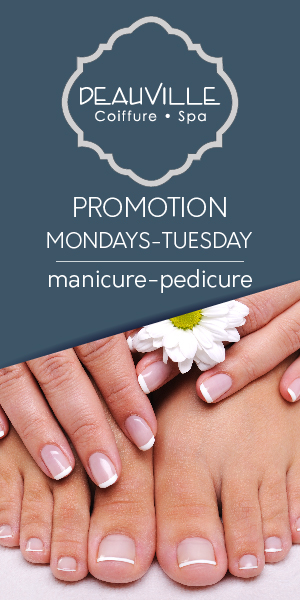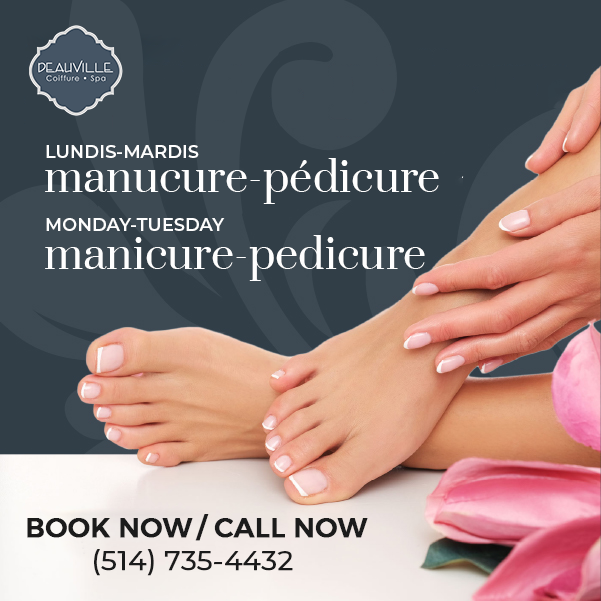
Keratin treatments are an ideal solution for frizzy hair as they seal the cuticle to eliminate frizz and add softness, however many of these treatments contain formaldehyde which could be hazardous if inhaled directly, so it may be wiser to select an anti-formaldehyde formula instead.
Straightening can be more damaging to hair than perming; perming preserves natural bonds by leaving natural strands standing straighter for longer. But deciphering all of the misinformation on this topic may prove challenging.
What is keratin?
Keratin is a fibrous protein found naturally within your body that plays an essential role in keeping hair, nails and skin strong and healthy. In beauty products like makeup, skin care and hair styling products like waxes and gels.
While your body naturally produces keratin, daily activities can deplete it over time. Things such as blow-drying and heat styling, chemical services, dry or humid climate and chemical services may all damage keratin chains resulting in smaller molecules which dissolve into smaller water-soluble molecules which can then be washed away easily.
Keratin treatments provide relief from daily stresses that cause damage to hair, helping it remain smooth, strong, and healthy-looking. You can get similar benefits at home using products with protein infused in them such as shampoo or conditioner infused with this protein.
How does keratin work?
Keratin is naturally present in your hair and helps shield strands against humidity-induced frizz, but over time can be degraded by heat-styling tools and harsh products. A keratin treatment works by coating each individual strand in protein to seal off and strengthen them strand by strand.
Beginning the process for receiving a keratin treatment begins by washing your locks twice with clarifying shampoos to remove product build-up prior to smoothing solution application. Your stylist will then apply keratin treatments section by section before blow-drying and straightening with a flat iron for maximum effectiveness.
As it can contain high levels of formaldehyde, it is wise to select a reputable salon and stylist when seeking a keratin treatment. Salons using high levels of formaldehyde in their products may lead to runny noses and stinging eyes in those sensitive to this substance; furthermore, getting one right after dyeing could lighten and make brassy the colour you chose!
How long does keratin last?
Keratin treatments vary in terms of duration depending on hair type and how they’re cared for at home, with curlier locks often benefiting more from maintaining moisture than their straight counterparts due to repair of exterior cuticle by keratin; thus helping retain more hydration within. For this reason, treatments that target curlier locks tend to last longer.
Keratin coats strands to form a protective film against humidity that would normally cause them to expand and create frizz, creating smooth, healthy-looking locks that look stunning even without needing styling.
Keratin treatments may cause long-term damage depending on the formula chosen, including high levels of formaldehyde. You can reduce this risk by selecting salon stylists who use safer formulas; additionally, not showering or shampooing your hair too frequently will extend its life and help extend its effects.
Is keratin safe?
Keratin treatments are known to be safe and effective at reducing frizz while creating smooth hair that’s healthy. But before making your decision to have one done, there are some things you should keep in mind first.
Keratin treatments may not be appropriate for everyone; pregnant women and those with fine or thin hair should avoid receiving one as the chemicals found within can be very potent, potentially damaging the strands and potentially leading to an adverse reaction.
Keratin smoothing treatments are applied in small sections after shampooing and conditioning the hair, then blow-dried and flat ironed for final application.
Keratin treatments seal the cuticle and keep moisture inside strands, leading to reduced frizziness in hair after receiving one of these treatments. Though natural in our strands, its levels tend to decrease with heat styling, harsh hair products, dry weather conditions or weather changes that remove natural protective barriers like keratin from our hair’s structure.



